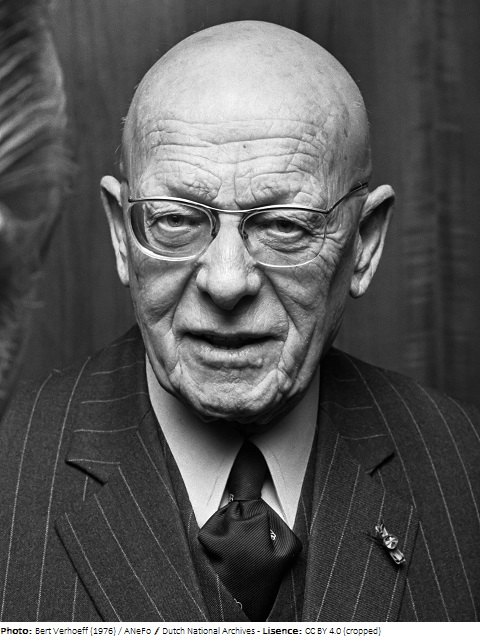The most noted Dutch track runner in the 1920s, Adriaan Paulen was an Olympic finalist in 1920, finishing 7th in the 800 m in Antwerp. Four years later, just after the Paris Olympics, Paulen broken the world record in the irregularly run 500 m at the Bislett Games in Oslo. A six-time national champion (four times 400 m, twice 800 m), Paulen was also active in other sports. A footballer in his teens, he later played cricket. He also competed in the 1926 Dutch TT (motorcycling), and was a regularly competitor in the Rallye Monte Carlo, with an 11th place as best result. Paulen worked as an engineer for the Dutch national mining corporation. Following a strike during World War II, he was briefly detained by the Germans. In 1944, he aided the Allied liberation of the Netherlands, for which he was later decorated. During the war, Paulen’s career as a sports administrator also started. President of the Dutch Athletics Federation from 1944 through 1964, he represented Europe in the IAAF board. In 1964, he was made president of the European Athletics Association, and in 1976 he became president of the IAAF. He initiated the introduction of separate World Championships in track and field. These were first held in 1983, two years after Paulen had effectively yielded the presidency to Primo Nebiolo, who was supported by the powerful Horst Dassler, CEO of Adidas. Paulen, who also was board member and director (1965-1971) of the Dutch NOC, broke his hip following an IAAF meeting in France in 1985, and eventually died of complications during hip surgery.
Personal Bests: 400 – 48.6e (1924); 800 – 1:55.1 (1923).

 Netherlands
Netherlands NED
NED NED
NED NED
NED NED
NED